Conference Menu
TICMET25 : Social Events
06 Oct ~ 09 Oct
Rumkale Tour
Halfeti is a small farming district on the east bank of the river Euphrates in Şanlıurfa Province in Turkey, 120 km from the city of Şanlıurfa. Population (2000 census) 33,467 (of which 2,608 were in the town of Halfeti, the majority being in the surrounding villages). Most of the villages were submerged in the 1990s under the waters behind the dam on the Euphrates at Birecik. The town was therefore removed to the village of Karaotlak, the building of the new town is now complete. Halfeti was the subject of an internet urban legend wherein the town was the only location on Earth where black roses grew.

The Assyrian King Shalmaneser III (855 BC) established a settlement here named Shitamrat. The town was subsequently settled by a number of civilisations and known as Urima, Qal'a Rhomayta or Hesna d-Romaye (in Aramaic), to the Byzantine Greeks it was known as Romaion Koula, and the Arab conquerors mutated this name to Qal'at al-Rum.
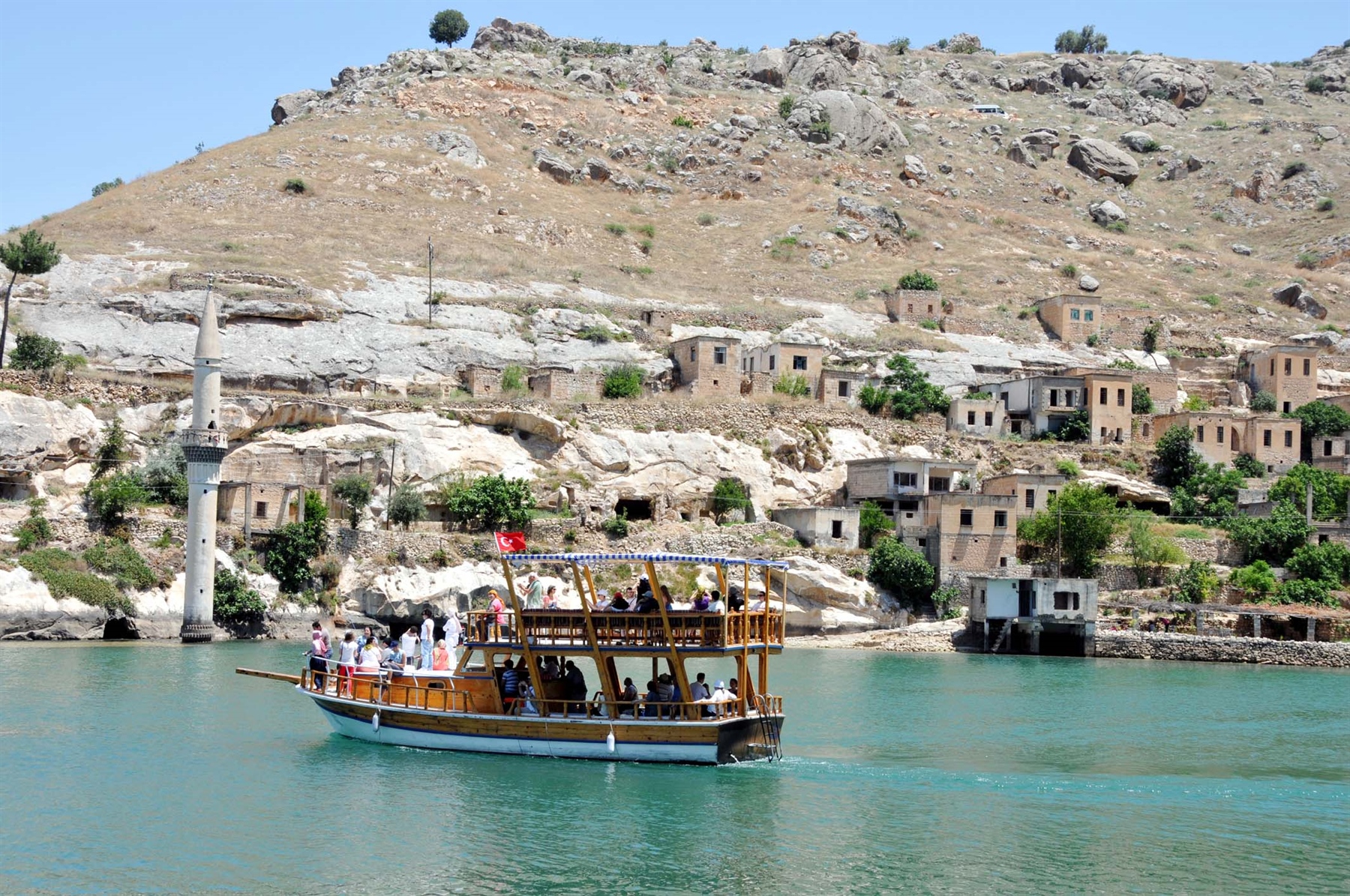
The town was fortified and was besieged by the Mameluks in 1280, who conquered the outlying Christian villages but were unable to break into the fortress, which eventually fell to Sultan al-Ashraf in 1290. The Mameluks repaired the city walls and renamed the place Qal'at al-Muslimin although the names Urumgala and Rumkale persisted. The town was brought under Ottoman rule by Selim I.
As part of the Southeastern Anatolia Project, aka GAP, several dams were constructed in the area and surrounding regions as part of a larger agricultural and economic initiative by the Turkish Government. The town of Halfeti was among those settlements, ancient and contemporary, that would remain under the rising water levels of the local dams and rivers following the execution of the GAP.
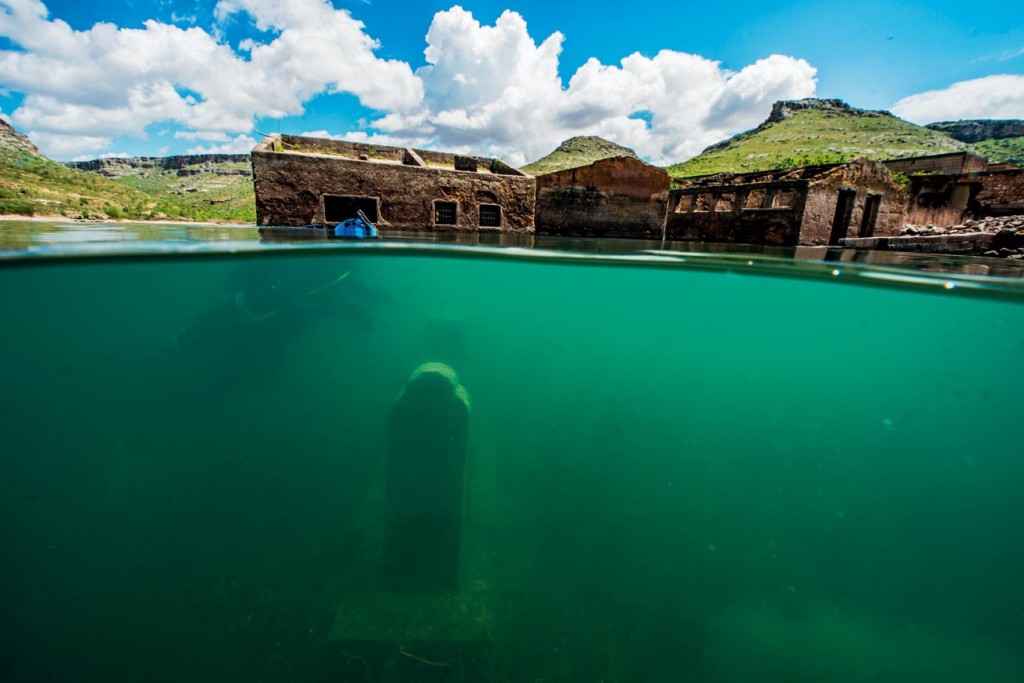
Until the area was flooded in 1999, the people lived from fishing in the Euphrates and farming on the riverbank, especially growing pistachios. Then the waters came and 'new' Halfeti was built. Some buildings, including the jail, were pulled down and rebuilt in the new town. The old town of Halfeti is only partially submerged and is beginning to attract visitors, especially those who hire a ferry to visit the ruins of the nearby fortress of Rumkale. The countryside is also attractive, although the green valley of the past is now underwater.
Göbekli Tepe
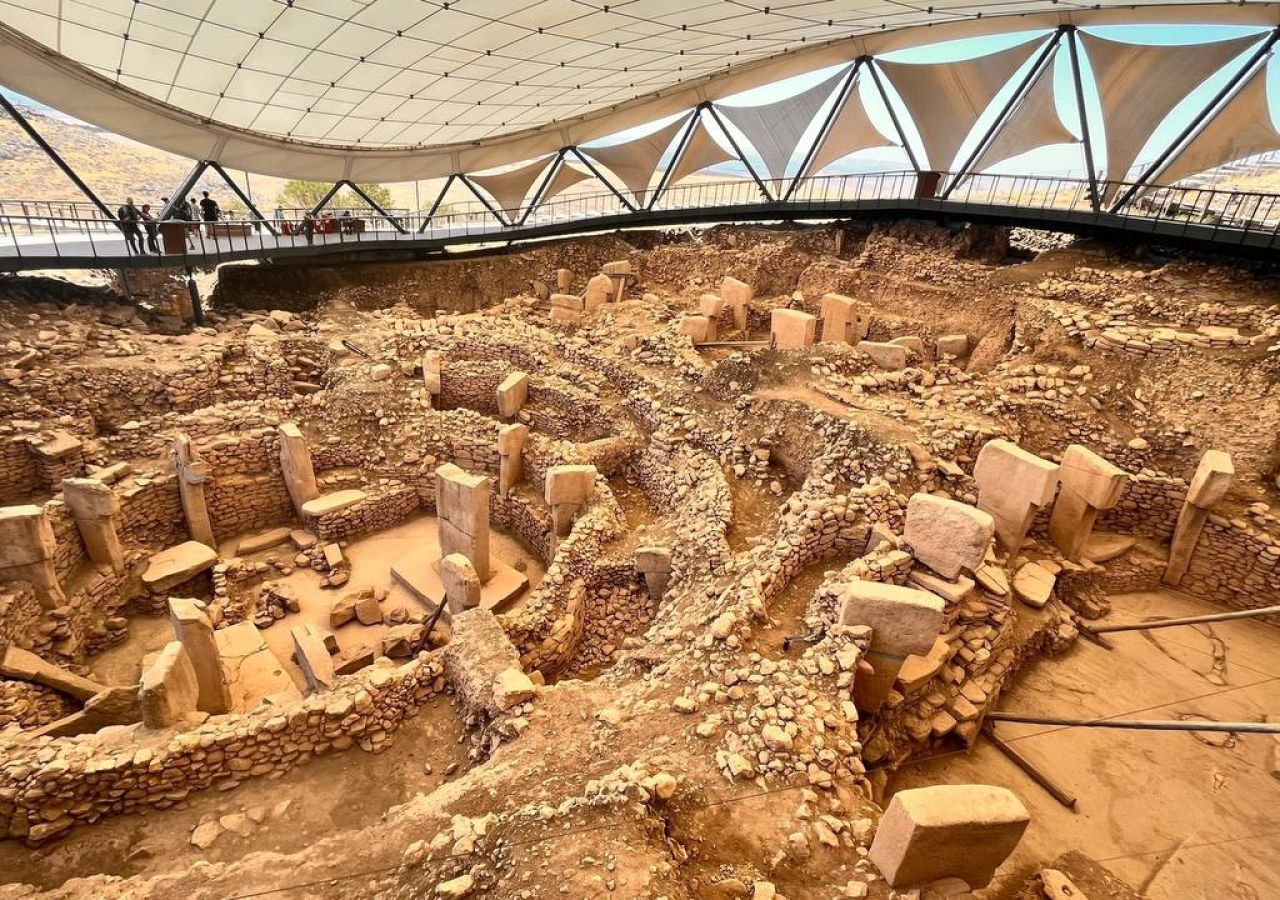
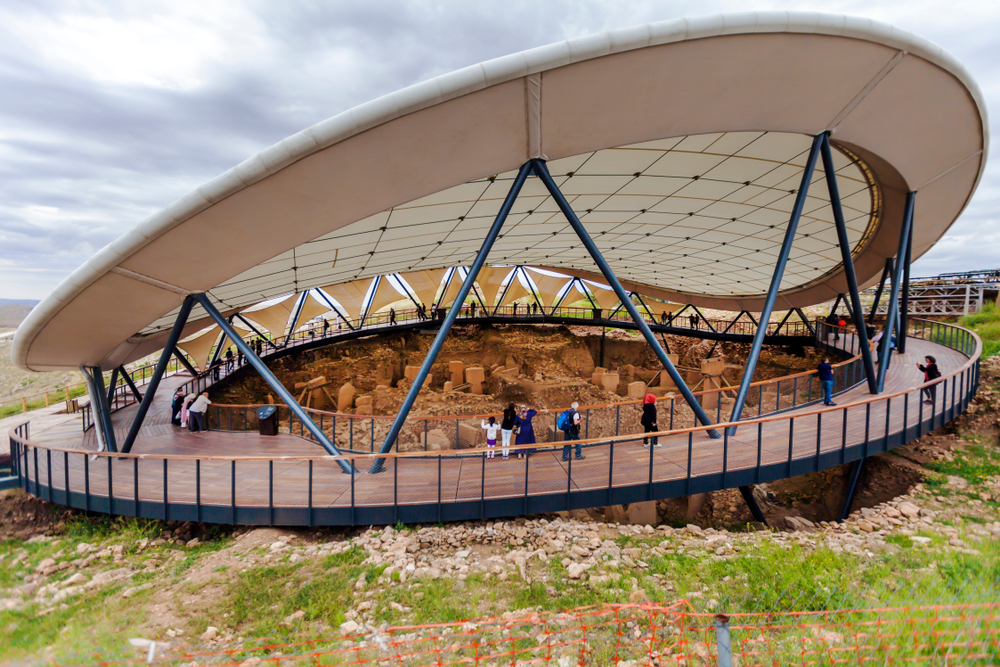
Göbekli Tepe is one of the world's most significant archaeological sites, dating back approximately 12,000 years. Built long before the invention of writing or pottery, it is considered the world's oldest ritual complex. Located in Şanlıurfa, this remarkable site features massive T-shaped stone pillars adorned with intricate animal carvings, constructed by hunter-gatherer societies. Göbekli Tepe challenges our understanding of early human civilization, providing crucial insights into the transition to settled life and the origins of society.
Sıra Gecesi (Anatolian Cultural Night)

Sıra Gecesi is a deep-rooted cultural tradition in Southeastern Anatolia, serving as an important social gathering where traditional Turkish music is performed, cultural heritage is preserved, and community bonds are strengthened. These events bring together groups of people at regular intervals to engage in music, poetry, conversation, and local cuisine. Accompanied by traditional instruments such as the bağlama, tambur, and darbuka, participants perform folk songs, long melodies, and improvised lyrical forms. Beyond entertainment, Sıra Gecesi plays a crucial role in transmitting cultural values and musical traditions to younger generations, ensuring the continuity of this rich heritage. Over time, it has evolved into more than just a social event, becoming a symbol of communal solidarity, cultural preservation, and the reinforcement of strong interpersonal connections within the society.
Gaziantep City Tour
Panorama 25 Aralık Gaziantep Defense Heroism Panorama and Museum

The Panorama 25 Aralık Gaziantep Defense Heroism Panorama and Museum is a significant historical and cultural site that commemorates the epic struggle of the people of Antep against the French occupation between 1920 and 1921. Built on the site of the former Ayntâb Redif Depot, this museum offers visitors a 360-degree panoramic visual experience, vividly depicting the details of the Gaziantep Defense. Housing 14 large oil paintings, 3 dioramas, and hundreds of artifacts from the war period, the museum aims to preserve the memories of heroic martyrs and veterans for future generations. Designed with a modern museology approach, Panorama 25 Aralık provides an interactive historical experience, showcasing the resilience and sacrifices of the Antep people in their fight for independence. This museum is not only a symbol of Gaziantep's rich history but also a testament to Turkey's national spirit of resistance and freedom.
Zeugma Mosaic Museum
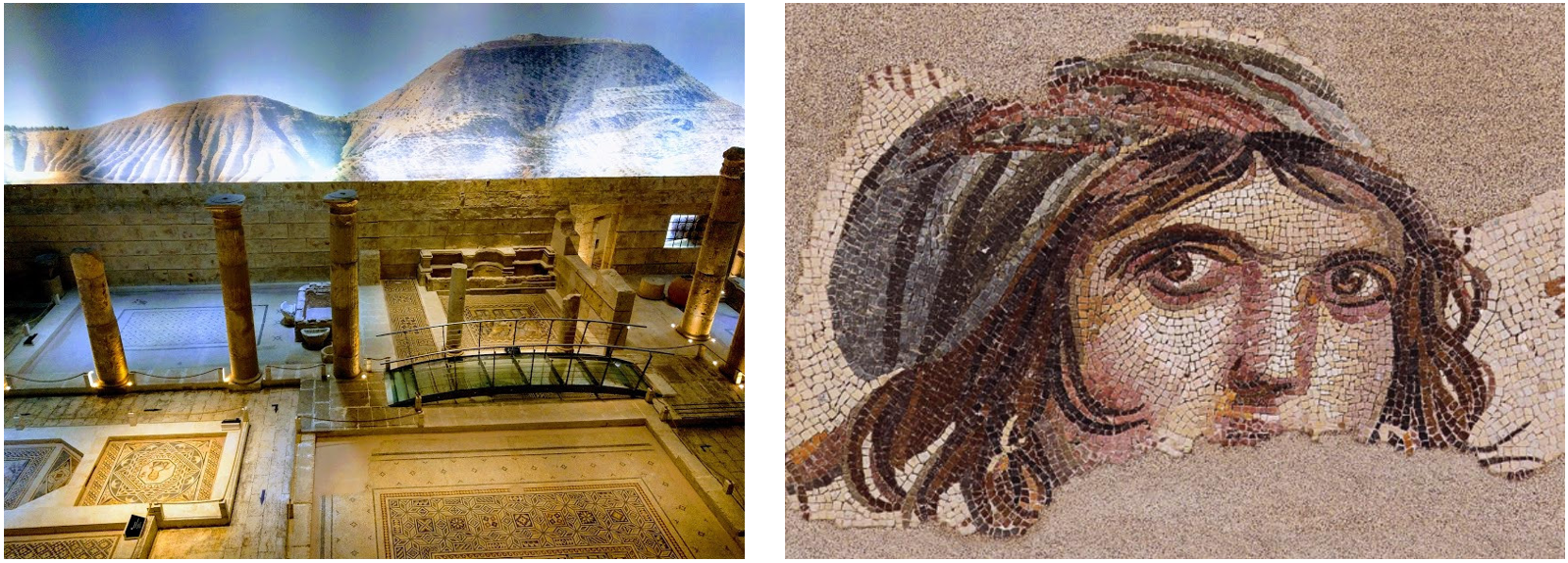
Zeugma Ancient site is the location of twin settlements split by the Euphrates river. As the two settlements grew they became known as Zeugma, which is translated as bridge or crossing due to the two pontoons that connected them. The settlement on the western bank is considered to be what is considered Zeugma, however, the original name was Seleucia after the founder with the eastern settlement was called Apamea after his Persian wife Apama.
This city was prosperous and collected my fine artworks and treasures, this was done by two acts. One was due to the Seleucus being part of Alexander the Greats army, he collected treasures and things of beauty during his time. The other way was done by economics, the bridge the joined the two settlements was one of the few safe ways to cross the river. As merchants brought their wares to sell them to those in the east, however, they got to the city and became rich without travelling further.
Zeugma was abandoned in the mid-3rd century, it has been considered to be caused by a large war with the Sasanian Empire. While this would not have ended the city as a whole there was a large earthquake that buried much of the city beneath itself in the rubble. While the settlement continued to rebuilt it was again abandoned due to wars of the era.
Today a large section of the site is submerged underwater, this was due to a dam being created on the Euphrates river. During the early stages of planning the dam, excavations got underway to remove most of the mosaics and much of the other treasure to the Zeugma Mosaic Museum in Gaziantep City.
Gaziantep Castle

Gaziantep Castle was originally built by the Hittite kingdoms on a hill that stands high on the surrounding land. As the population and the city grew the castle became the centre of the city, standing tall above the buildings.
While the Hittites build a small observation point it was later expanded into a full castle by the Roman Empireduring the 2nd and 3rd century AD, it remained this way for generations. During the reign of Emperor Justinianus, it was further expanded to the final size that is known today. As recently as 2000 the castle has been renovated throughout the generations. Now the castle stands as a museum to commemorate Heroism and the defence of Gaziantep against French Troops that attempted to invade after the fall of the Ottoman Empire.
Coppersmith Bazaar

Gaziantep is a busy modern city; however, the people do not forget where they come from and master craftsmen and women still handmake many items out of traditional materials. A popular traditional material to be used it, copper, as it has so many different uses there are many craftsmen that use it to make different household items.
The Coppersmith Bazaar is narrow cobbled streets with small workshops that double up as they makers workshops. Here you will see many unusual items uniquely decorated as well as many different people in different stages of making or learning to make new items.
Elmaci Bazaar

Elmaci Bazaar is a traditional Turkish market, where you can buy a variety of local produce as well as items made from other parts of Turkey. Local farmers bring their produce to these markets selling fresh fruits and vegetables, they will often sell dried fruits, strings of dried vegetables and different varieties of nuts and spices.
As customers make their way around these markets with all of their sense filled with the colours, smells and the sounds of selling and buying all around. Quietly sat, often with families, there will be men and women crafters making homemade items for sale, from wood carvings, household utensils, or even making savoury pancakes.
Copyright © 2025 - Ticmet